5 Things to Look for in Unconscious Bias Training
When it comes to workplace diversity, many companies are still trying to figure out how to create a more inclusive environment. One place to start, but by no means a silver bullet, is through unconscious bias training. However, not all unconscious bias training (UBT) is created equal. Here are five things you should look for when selecting a program.
1. The training should be comprehensive.
Unconscious bias is something we all have, but it's easy to ignore when you're in the thick of things. A good program will help identify your own biases and give ways on how they can be fought off or worked through so that justice is advanced for those who deserve access without discrimination due to their race, gender, and other aspects of their identity.
2. The training should be interactive.
The goal of unconscious bias training is to help participants learn how their own thoughts, beliefs, and emotions can affect them in a variety of ways. To do this effectively, there needs to be some sort of engagement from the learner, which means they should have fun while learning.
What does that mean, though? Well, it usually means activities or exercises are used so people get engaged with what's being taught. One critical model for effective learning that you should consider is the AGES—attention, generation, emotion, and space—model. Adults have a 20-minute attention space, so training should be structured in such a way as to take advantage of this reality. Learners should be encouraged to generate their own insights and make their own connections. Emotion is a powerful learning tool, so facilitators and the content should leverage that fact. Finally, space (and time) is critical because only 20-30% of what happens during the training session is retained by the learner. Pre and post-session opportunities for review and the direct application of the learning help it to take root.
3. The trainers should be experts on bias and diversity.
The trainers should have a deep understanding of bias and its impact on individuals and organizations. They also need to be experts at facilitating potentially tense conversations. The space that they create needs to be one where bravery and safety can coexist—so that everyone can talk through their experiences in an open manner without fear or worry of reprisal or judgment. Still, creating this kind of environment for a 60 or 90-minute UBT workshop is a ton of pressure for one or two facilitators. It’s also an unfair and unrealistic expectation for them to do this if there are systemic cultural issues within the organization. No matter how qualified or dynamite the facilitators are, they can’t fix years or decades of problematic leadership culture and behaviors.
4. The training should be tailored to your company's needs.
The most effective bias training programs are those that have been tailored to fit your business's unique requirements. This may include incorporating case studies, role play exercises, and other realistic situations into the course so it becomes more immersive for you as an individual. The training should, as much as possible, take into account your organization’s values, culture, and market sector to keep it relevant to the concerns and challenges that your employees and leaders are actually contending with on a daily basis.
5. This is only the first step on a long journey.
Bias is something we all have to work against actively. That's why unconscious bias training shouldn't be limited in scope to a single event, and all involved should be clear-eyed about its limitations. Too often, organizational leaders fund bias training, thinking that it will quiet the rising voices who are demanding greater accountability and equity. Making UBT a part of onboarding or required training is not sufficient. Without a thoughtful plan and DEI strategy of which it is one small part, it’ll appear to be performative in nature.
Unconscious bias training can be a valuable tool in helping employees gain a sense of the unconscious biases that they might hold and bring to the workplace, but it’s really only a start. Those from majority groups experiencing privilege might be energized when they realize the power of self-awareness and cultivating more inclusive cultures. Those who have been historically marginalized or whose access to opportunities has been restricted by bias are likely to think that this just scratched the surface. In both cases, both groups will be left wanting more and organizational leaders better have a meaningfully answer prepared to that very important question.
Greatheart Consulting focuses on helping leaders, both people managers and those with influence, lead more inclusively. We do not provide Unconscious Bias Training (UBT), but here are some incredibly qualified organizations that can: HoneHQ’s Lanre Solula and Domique Hollins, BiasSync’s Michelle Ruiz and The Clu Studio’s Steffon Isaac.


